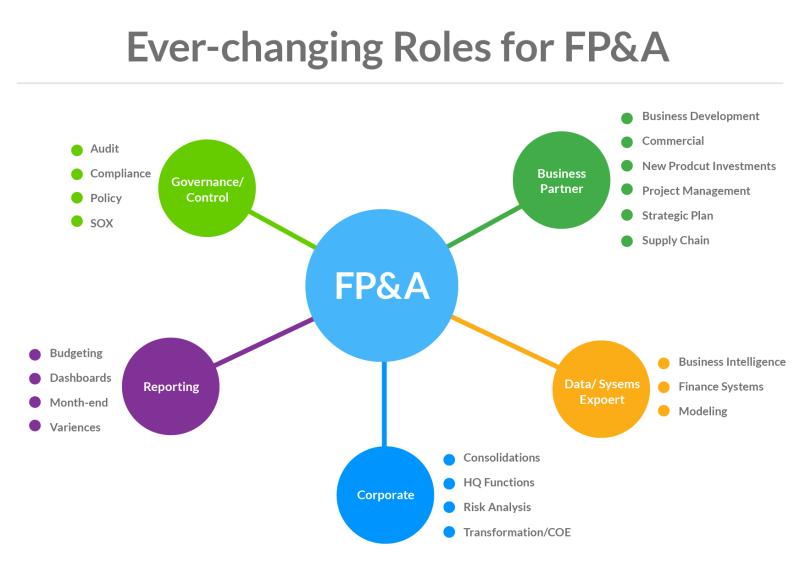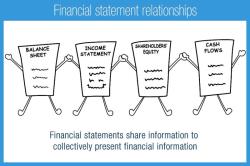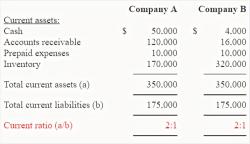What is strategic financial analysis?
Strategic financial analysis involves evaluating a company's financial performance and position to provide insights for strategic decision-making. It goes beyond traditional financial analysis by incorporating a broader perspective on how financial considerations align with overall business strategies and goals. The primary goal of strategic financial analysis is to help organizations make informed decisions that contribute to their long-term success and sustainability.
Here are key components of strategic financial analysis:
Financial Statements Analysis:
- Income Statement: Examines revenues, expenses, and profits over a specific period.
- Balance Sheet: Provides a snapshot of a company's assets, liabilities, and equity at a specific point in time.
- Cash Flow Statement: Tracks the inflows and outflows of cash over a specific period.
Ratio Analysis:
- Liquidity Ratios: Measure a company's ability to meet its short-term obligations.
- Profitability Ratios: Evaluate a company's ability to generate profit in relation to its revenue, assets, and equity.
- Solvency Ratios: Assess a company's long-term financial viability by examining its debt and equity structure.
Trend Analysis:
- Examines financial data over multiple periods to identify patterns, trends, and changes. This can help in forecasting and understanding the direction in which financial metrics are moving.
Cost Analysis:
- Analyzes the cost structure of a business to identify areas for cost reduction or optimization. This can include variable and fixed costs, as well as operating and non-operating costs.
Competitor Benchmarking:
- Compares a company's financial performance with that of its competitors in the industry. Understanding how a company stacks up against peers can provide valuable insights for strategic planning.
Market and Industry Analysis:
- Evaluates external factors such as market trends, industry dynamics, and economic conditions. This analysis helps in understanding the broader environment in which the company operates.
Capital Budgeting:
- Involves assessing potential investments in long-term assets to determine their financial viability and alignment with strategic goals. This includes methods like Net Present Value (NPV) and Internal Rate of Return (IRR).
Risk Analysis:
- Identifies and assesses financial risks that could impact the company's performance. This includes market risk, credit risk, operational risk, and more.
Scenario Planning:
- Considers various scenarios and their potential impact on the company's financial health. This helps in preparing for uncertainties and making informed decisions under different conditions.
Strategic Planning Integration:
- Aligns financial analysis with the organization's overall strategic objectives. Financial decisions should support and contribute to the achievement of broader business goals.
By integrating these components, strategic financial analysis provides decision-makers with a comprehensive understanding of a company's financial health and helps guide strategic initiatives for long-term success.
Evaluating Financial Performance: Analyzing Financial Data to Assess Organizational Health
Financial analysis is a crucial tool for evaluating the financial health and performance of an organization. By analyzing financial data, organizations can gain valuable insights into their profitability, liquidity, efficiency, and overall financial stability. This information is essential for making informed decisions about resource allocation, investment strategies, and financial planning.
Key financial metrics used to evaluate organizational health include:
Profitability: Profitability measures the organization's ability to generate profits from its operations. Common profitability metrics include net income, gross profit margin, and operating profit margin.
Liquidity: Liquidity measures the organization's ability to meet its short-term obligations, such as paying bills and covering expenses. Common liquidity metrics include current ratio, quick ratio, and working capital.
Efficiency: Efficiency measures the organization's ability to use its resources effectively to generate revenue. Common efficiency metrics include inventory turnover ratio, accounts receivable turnover ratio, and asset turnover ratio.
Debt to equity ratio: This ratio measures the proportion of debt financing compared to equity financing used by an organization. A higher ratio indicates more reliance on debt, which can increase financial risk.
Identifying Strategic Opportunities: Utilizing Financial Analysis to Inform Strategic Decisions
Financial analysis plays a pivotal role in identifying strategic opportunities for growth and expansion. By understanding their financial strengths and weaknesses, organizations can identify areas where they can leverage their resources and capabilities to create new business opportunities.
Financial analysis can be used to:
Assess market potential: Analyze market trends, competitor behavior, and customer demand to identify untapped market opportunities.
Evaluate investment proposals: Assess the financial viability of potential investments, such as new product development, acquisitions, or market expansion.
Optimize pricing strategies: Analyze cost structure, competitor pricing, and customer demand to determine optimal pricing strategies for products and services.
Improve operational efficiency: Identify areas where operational costs can be reduced or efficiency can be improved through process optimization or technology adoption.
Managing Financial Risks: Employing Financial Analysis to Anticipate and Mitigate Risks
Financial analysis is essential for identifying, assessing, and managing financial risks that can threaten an organization's stability and profitability. By understanding their risk profile, organizations can develop strategies to mitigate potential risks and protect their financial well-being.
Financial analysis can be used to:
Identify financial risks: Analyze financial data to identify potential sources of risk, such as market fluctuations, credit risk, interest rate changes, and operational disruptions.
Assess risk exposure: Evaluate the potential impact of identified risks on the organization's financial position and cash flow.
Develop risk mitigation strategies: Formulate strategies to reduce the likelihood or impact of identified risks, such as diversifying revenue streams, hedging against market fluctuations, or establishing contingency plans.
Monitor risk profile: Continuously monitor financial data and market trends to assess changes in risk exposure and adjust risk mitigation strategies accordingly.













